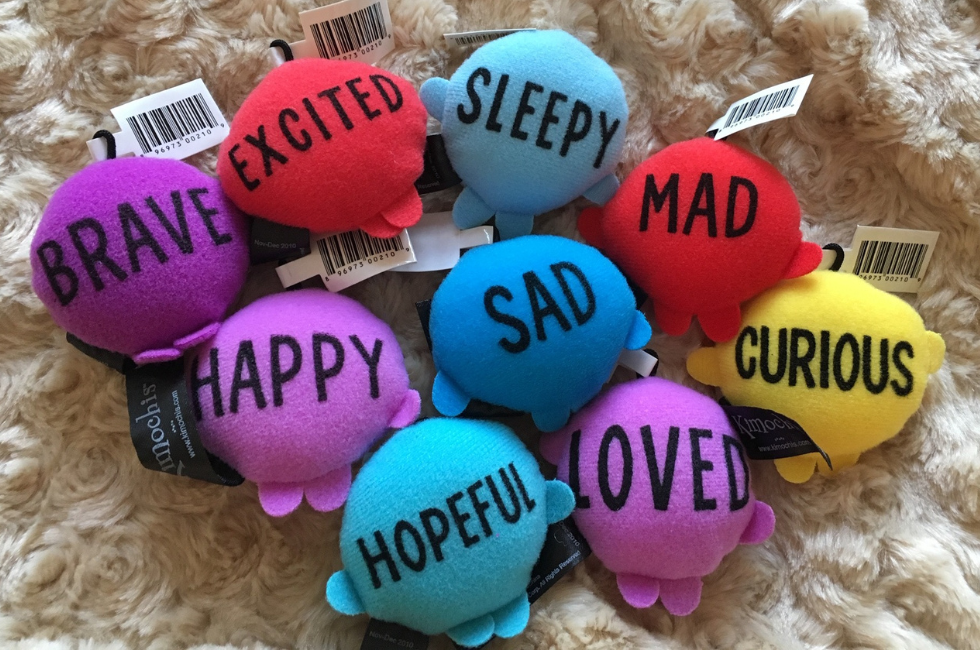Author
Educator
My work is focused on solutions to help students, educators and their institutions to thrive, not just survive.


I am deeply concerned that we are not asking the right questions as we move to reopen schools across the educational pipeline. I have always believed, reified by the amazing book by James Ryan, Wait What?, that asking good questions is critical to the ability to think through problems. Quality questions often get at the soft spots in plans and strategies and arguments. Sometimes, they show that the Emperor really is not wearing clothes. They force thinking in new directions. They are framed as questions but in a sense, they are guides.
How one asks questions matters of course. The idea is not to be hostile and make the questions into accusations. The point is actually to probe for and listen to and hear answers but more than answers, the point is to see if the question-recipient has thought about the issues posed. The absence of a question being considered is an answer too.
If the questioner is doing a good job, the questions and accompanying answers will enable us to assess the readiness for or thoughtful preparation with respect to reopening educational institutions. My own view, before turning to the actual questions, is that we have focused way too much on physical safety (as important as that is) and have not addressed sufficiently the mental wellness of students and teachers (faculty). And, we cannot reopen as we closed — as if schools/colleges are light switches. First OFF and now ON and perhaps OFF again once restarted. We need some serious professional development to help educators prepare themselves for the reopening of school. Not memos. Not emails. Real hands-on training even if done remotely and if one is reopening in person, then the training in person is wise to get people accustomed to in-person engagement with all the applicable rules and constraints.
And, if one needed convincing, a recent survey on the mental health of college students in light of Covid should send up a loud signal: we need to be prepared for the students who will be reentering our education system.
Don’t get me started on the college that announced an elaborate new program on reopening labeled “A Culture of Care” and failed to mention — yes really — mental health. Really, folks, mental wellbeing matters. It is not fluff. It is not for the back burner. It is not an afterthought.

Here are 6 questions that I think all schools and colleges can ask themselves prior to reopening. Yes, they need to be adapted to different types of schools/colleges but the basic ideas can remain the same. And, when asked, there need to be quality answers. And embedded in each question is an underlying rationale, grounded in theory and practice, that signals why the question matters.
I was listening to a group of teachers yesterday lamenting the absence of faculty development pre-opening and they were concerned (to put it mildly) as to how to deal with their own fears of returning and the ability to get children to live by the new “rules,” let alone paying attention to their mental wellness. These questions get at these kinds of issues.
Not in order necessarily of importance, here are 6 questions to ask (and some hints at broad categories/approaches for answers):
1. Have the educators conducting classes this fall (whether in person or in hybrid fashion or online) been trained as to how to begin the first class — when they first renew their acquaintance with their (new?) students following the Covid Gap?
Consider the embedded issues: Will students be ready to engage in learning? Can we assume that it is sub-optimal to restart with these words: “Where were we before we were so rudely interrupted?” Should different material be taught? This question is begging for a response that speaks to trauma responsive strategies being deployed, given the high probability that faculty and students and staff will have experienced and still be experiencing trauma related to the Covid Gap, racial tensions, economic uncertainty, joblessness and home dysfunction (assuming there’s a home), loss of life and illness.
2. What are educators putting in the rooms and on the walls of the rooms where they will be teaching?
Consider these embedded issues: The experience of place and space matters. It messages. It informs. It can be uplifting. It can be trauma responsive. Should certain existing items on walls be removed in view of racial tensions? Surely, something new, in light of the new stage we are in, has value but the question is what. Context, culture, location, size all matter. How about installation art initiatives? If you are teaching from a remote location, what is in the background? What is on the white/black/green boards in rooms?
3. What will administrators/educators be putting on the larger spaces on the schools — at the entrance, in hallways, in terms of banners or hanging items?
Consider these embedded issues: Again, we are talking about experience of place and space but now in a broader context, namely institutionally as opposed to classroom by classroom. The usual “Welcome Back” may not be best. Consider more personalized messaging: “We Are Delighted You Are Here” “We Welcome Learning Together Again” or “We’re Back Together.” Should some of the existing portraits be taken down so the environment feels more welcoming to students of all genders, races and ethnicities? Might there be something inventive and creative to greet students? A sculture? A fountain? A decorative door?
4. What message is the head of the educational institution (President; Head; Principal) sending out daily to parents (if preK-12), students (all ages and stages), faculty and staff?
Consider these embedded issues: This is getting at the deep need for communication that is consistent and transparent and authentic. Now is not the time for sugar coating. A leader can set the tone for the day by his/her message but the messages need to be regular. They also need to respond to issues as and when they occur. No under the rug thing. The messages need to show clarity of thinking, empathy, recognition of mental wellbeing and facts.
5. What training is in place for those parts of the institution with personnel who encounter students regularly like food service personnel, maintenance staff, teacher aids, security teams, cross-walker guards, bus drivers and administrative assistants in offices?
Consider these embedded issues: We often fail to see that these personnel have frequent and often positive engagement with students. We often do not see them as educators, although they most assuredly are. They need training to identify students in need and to help them navigate forward. We do a disservice if we think that the only people who can deal with trauma are psychiatrists and psychologists and social workers. We need to show respect to all personnel in educational institutions and providing them with key education is critical and messages powerfully that they matter.
6. What space are institutions setting aside as “care rooms” for educators, places where they can go and process all that is happening to them in the classroom and who will “person” these rooms? What items will be in these rooms?
Consider these embedded issues: If educators are struggling with primary and/or secondary trauma, they need to take care of themselves. You can’t take care of others if you can’t take care of yourself. True care rooms have a trauma trained individual in them with trauma responsive tools there (weighted blankets; special scents; trauma responsive toolboxes with items to activate the senses).
To be sure, these are not the only questions that can be asked. There are many others. But, they all ask for us to do what we need to do to be ready to reopen in addition to whatever protocols we are following to insure physical safety. But, the point here is that physical safety is the starting issue not the be-all-end-all issue. If we only focus on physical health, reopenings will fail to provide our students with quality learning environments. That’s a certainty. We still have time to ask more and do more before reopening. But we need to act now — as in now.

Images of Kimochis (available online from www.kimochi.com and wonderful in buckets in teachers/professors rooms/offices).
Note: This article originally appeared in Medium at: https://medium.com/age-of-awareness/the-questions-we-need-to-be-asking-for-schools-colleges-that-are-reopening-are-we-asking-them-add816589333